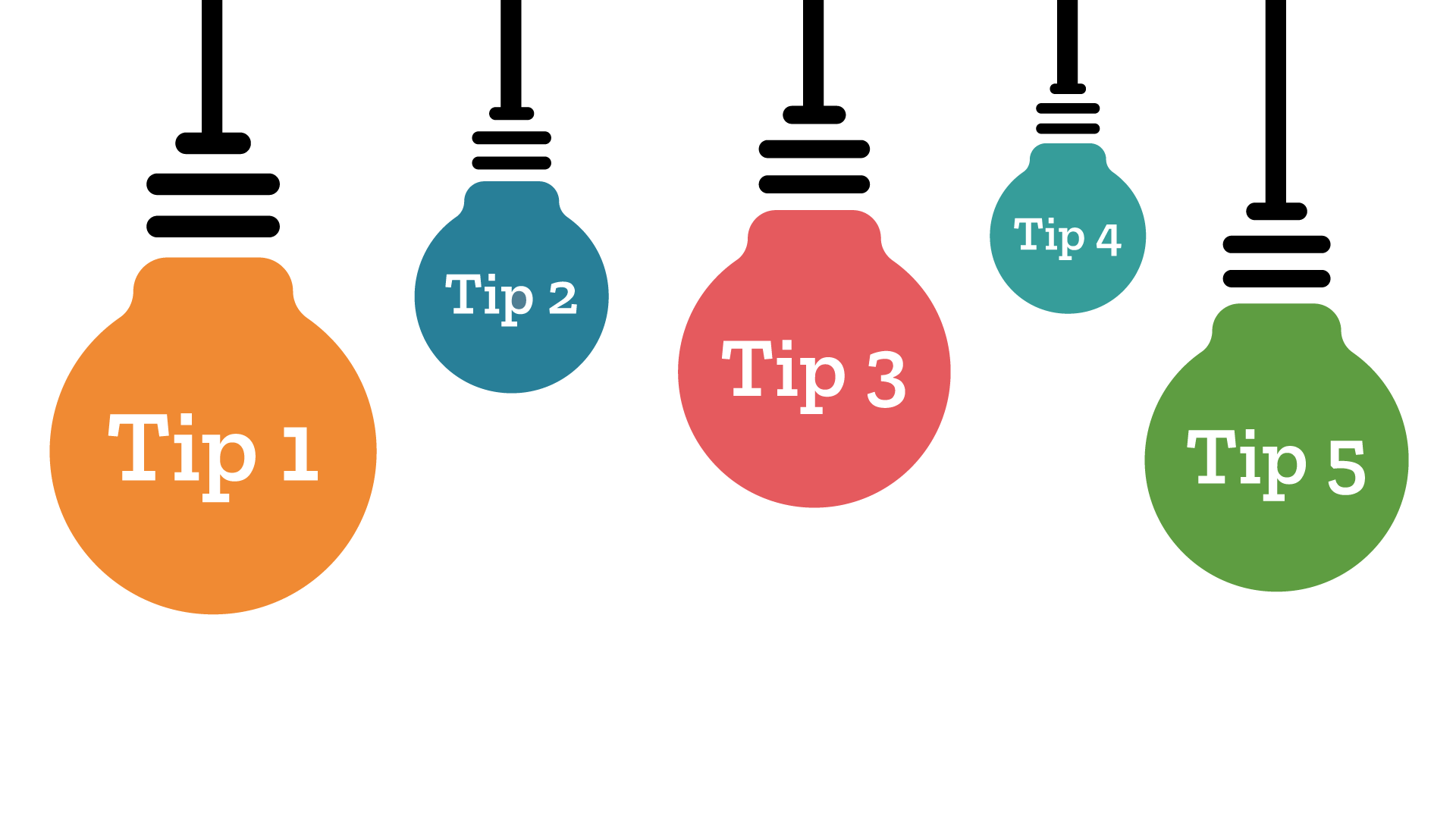Committing time to making meaningful connections — top 5 tips

Inspired by this year’s Patient Centricity and Engagement Conference, Philippa Pristerà uses this mini blog series to reflect on barriers raised during the event, and share tips and guidance on how to overcome them, collated from her own experience and those shared by speakers from the day.
Barrier 2: Committing time to making meaningful connections
Connecting with a wide range of relevant people to inform and guide research and medicine development is one of the most important steps in patient engagement. But too often it’s left too late leaving teams to reach out to the same contacts and advocates for support.
I was surprised to hear the term “hard to reach” used several times during the conference in reference to under-represented communities. Within academia, I’d got used to that term being quickly and, rightfully, shunned so I was surprised to see no one react to its use here.
People are not hard to reach, but research can be hard to access. Although pleased to be involved, the two patient advocates who spoke at the conference, Olivia Fulton and Rebecca Langley, both felt opportunities to engage with pharma needed to be more accessible and shared more widely because it’s “always about who you know” and “word of mouth”.
Lorna Allen, Involvement Manager for the Cystic Fibrosis Trust, and mother to a CF daughter, echoed these thoughts and added that with everyone moving online in response to the COVID-19 pandemic, it has actually become easier to reach and involve people wherever they are in the world. This will have changed the way pharma think about access to patients, but we mustn’t forget those who may still be excluded by a reliance on digital channels.
If we are to improve the relevance and equality of healthcare, we still need to commit time and resources to encouraging and enabling more people to be involved through a variety of approaches, and ideally in a sustainable way. This means moving away from the ‘one-and-done’ approach, which within patient engagement typically refers to companies or researchers (including academics) engaging communities to achieve a personal goal and then disappearing from the scene once it’s done. This can leave some feeling dubious about the motives of others that get in touch and add to the feeling of distrust towards the research field.
Patient and community groups are often under huge time burdens as they volunteer their time to meet the needs of their community members, with many of those needs being heightened since COVID. Therefore, it’s even more important that they see a genuine benefit from anything they decide to engage in and feel that their interests hold equal value to those of an organisation.
Top 5 tips to fix it
- Go beyond the norm to identify and reach those whose voices are missing
- Work with a champion or leader of the group or community that you feel is underrepresented to capture a full range of views and ideas. Start with an open conversation about the issue and what you are hoping to achieve. Then explore what the barriers to engagement may be and how you could help address them. Work together to develop content and communication channels that suit them
- Agree a joint plan for working together and offer support or training if needed
- Ensure materials are patient-friendly and written in Plain English. Does it provide all the information people need in a clear, simple, and succinct way? Does it outline how you will work together and what to expect?
- Bin the ‘one-and-done’ approach. Committing time to build long-lasting relationships makes it easier to act on a community's preferences and unmet needs earlier in the process. But even where long-term partnerships aren’t possible, spending time listening, understanding expectations, and providing feedback to groups at the end helps to maintain trust and promote meaningful engagement
The third and final blog of the series ‘Opening up about patient engagement’ will be out next week covering issues of transparency and communication.
You can also catch up on our earlier post: 'Key barriers to effective patient engagement in pharma, and how to fix them'.
Still in need of inspiration?
Check out this excellent case study which shows how it’s possible to involve those often seen to be less engaged in science and research:
- Begonya Nafria, Patient Engagement in Research Coordinator at the Sant Joan de Déu Research Foundation, presented amazing work involving children and young people in clinical trial design, including the YEAH (Youngsters EngAgement in Health) toolkit











